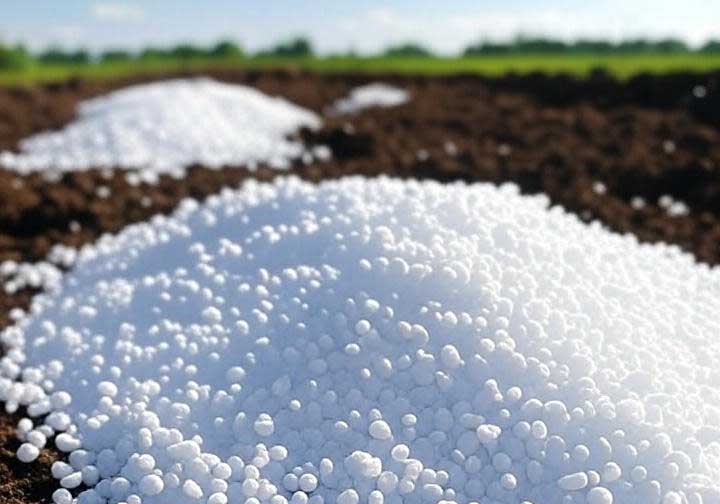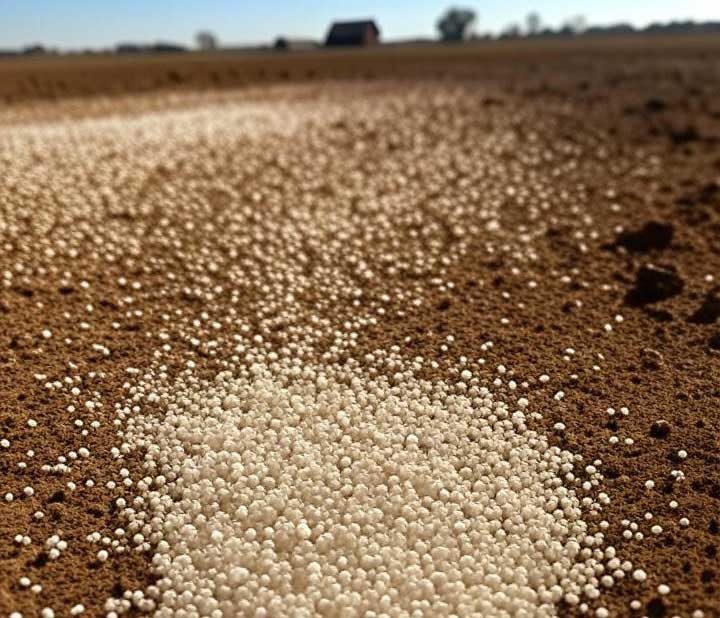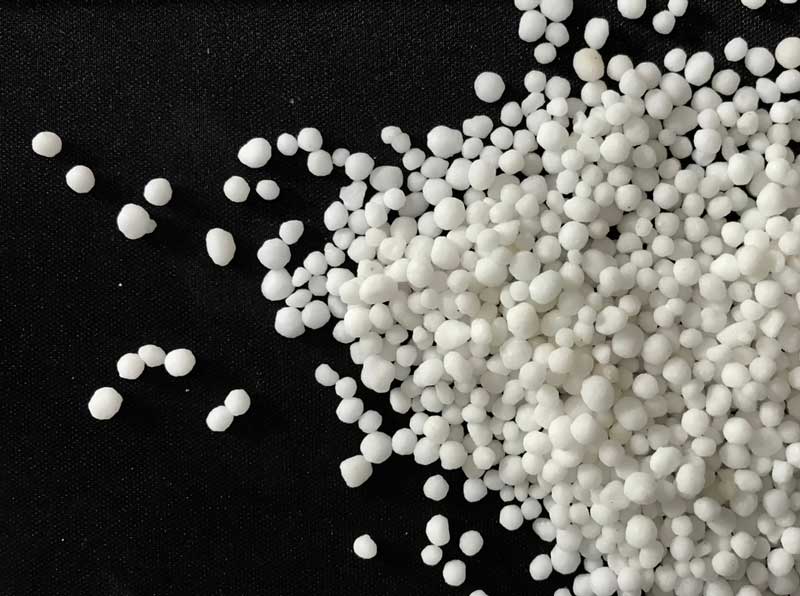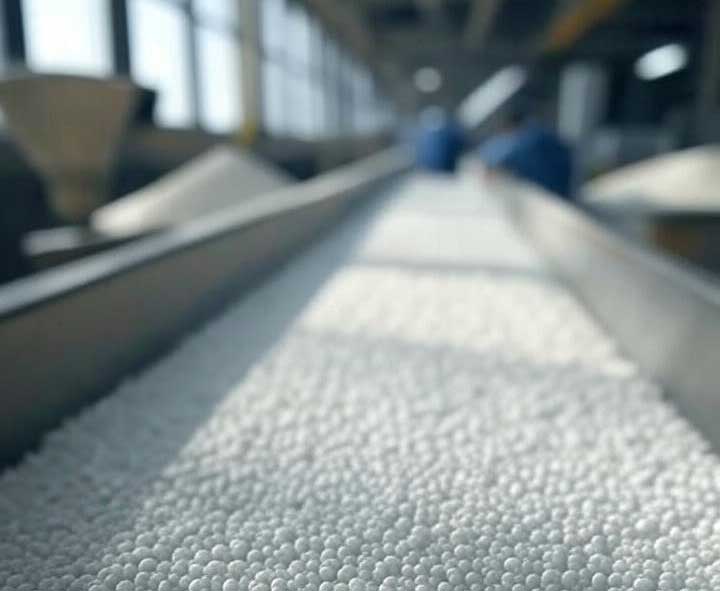Granular urea is a high-quality nitrogen fertilizer widely used in agriculture to boost crop growth, improve soil health, and ensure consistent nutrient delivery. iranpetroexport offers premium granular urea produced with advanced ure granulation technology, providing uniform granules, fast solubility, and environmentally friendly production.
This page covers everything from specifications, benefits, uses, and comparisons with prilled urea, to practical applications and advantages, helping farmers and agricultural businesses make informed decisions for sustainable and productive farming.
Why Choose Granular Urea from iranpetroexport?
Choosing high-quality granular urea directly impacts crop performance. iranpetroexport produces premium nitrogen fertilizer, making it a reliable choice for professional farmers and gardeners.
- High Nitrogen Content
- Easy Handling and Storage
- Consistent Granule Size
- Environmentally Friendly Production
High Nitrogen Content
Granular urea from iranpetroexport contains a high percentage of nitrogen, enhancing plant growth and yield. This nitrogen fertilizer releases nitrogen uniformly into the soil for maximum efficiency.
Easy Handling and Storage
Advanced urea granulation technology ensures granular urea is easy to handle and store, making it ideal for farmers and suppliers of nitrogen fertilizer.
Consistent Granule Size
Uniform granular urea improves nitrogen distribution in the soil and enhances crop quality. iranpetroexport leads the industry in consistent granule production.
Environmentally Friendly Production
The granular urea production process at iranpetroexport follows eco-friendly standards, making this nitrogen fertilizer safe for the environment while maintaining high performance.

Competitive Prices for Granular Urea Supply
Granular urea from iranpetroexport is produced with high efficiency and quality, ensuring reliable supply for farmers and agricultural businesses. This nitrogen fertilizer meets international standards and provides consistent performance for all types of crops.
Granular Urea Specifications and Benefits
Granular urea from iranpetroexport is a high-quality nitrogen fertilizer designed to improve crop yield and soil health. Its reliable specifications ensure consistent results for farmers worldwide.
- High Nitrogen Purity
- Uniform Granule Size
- Fast Solubility
- Enhanced Crop Performance
High Nitrogen Purity
Granular urea from iranpetroexport contains a high percentage of nitrogen, ensuring optimal nutrient supply for plants.
Uniform Granule Size
Consistent granule size allows even distribution of this nitrogen fertilizer in the soil, improving application efficiency.
Fast Solubility
This granular urea dissolves quickly in soil, providing rapid nitrogen availability to crops and supporting healthy growth.
Enhanced Crop Performance
Using iranpetroexport granular urea helps increase crop yield and quality, making it a reliable choice for all types of agriculture.

Uses of Granular Urea
Granular urea from iranpetroexport is a versatile nitrogen fertilizer widely used in agriculture to support healthy plant growth and improve crop yields. Its reliable performance makes it ideal for various farming applications.
- Field Crops
Granular urea provides essential nitrogen to field crops, boosting growth and increasing productivity efficiently.
- Horticulture
This nitrogen fertilizer supports fruit, vegetable, and flower production, improving plant health and quality.
- Pasture and Grasslands
Using iranpetroexport granular urea enhances forage growth, ensuring nutritious feed for livestock.
- Hydroponics
Fast-soluble granular urea is suitable for hydroponic systems, delivering consistent nitrogen for optimal plant development.
Benefits of Using Granular Urea
Granular urea from iranpetroexport is a high-quality nitrogen fertilizer that enhances plant growth, improves crop yield, and ensures efficient nutrient management for farmers.
- High Nitrogen Efficiency: Provides plants with a concentrated source of nitrogen for rapid growth.
- Easy Application: Uniform granules make spreading and handling simple and precise.
- Reduced Nutrient Loss: Minimizes nitrogen loss, ensuring better absorption by crops.
- Versatile Use: Suitable for a wide range of crops and soil types.
- Cost-Effective Growth: Supports higher yields with consistent nutrient delivery.
In summary, using iranpetroexport granular urea ensures healthier crops, higher productivity, and efficient use of nitrogen fertilizer for all agricultural needs.

Is Granular Urea Environmentally Friendly?
Granular urea from iranpetroexport is designed to reduce environmental impact while delivering effective nitrogen fertilizer.
- Low Runoff: Minimizes nitrogen loss into waterways.
- Efficient Nutrient Use: Provides plants with the exact amount of nitrogen needed.
- Sustainable Production: Manufactured following eco-friendly standards.
Soil Health Friendly: Supports long-term soil fertility and structure.

Prilled Urea vs Granular Urea
Granular urea and prilled urea are both common forms of nitrogen fertilizer, but they differ in structure, handling, and application efficiency. Choosing the right type can improve crop yield and nutrient management.
In summary, granular urea from iranpetroexport offers more uniformity and easier handling, while prilled urea is useful for quick nitrogen release. Both are effective nitrogen fertilizer options depending on crop needs.
Conclusion
Granular urea from iranpetroexport is a high-quality nitrogen fertilizer that improves crop growth, yield, and soil health. With uniform granules, efficient nutrient release, and environmentally friendly production, it provides reliable performance for farmers and agricultural businesses. Choosing the right granular urea ensures healthier crops, better productivity, and sustainable farming practices.
